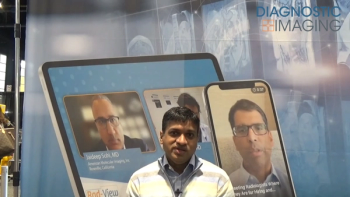
Commission calls for faster EHR certification
Other headlinesSuperSonic Imagine readies U.S. productSiemens to sell Volcano IVUS
Commission calls for faster EHR certification
Providers may not be able to demonstrate meaningful use of their electronic health records in 2011, if they wait until Spring 2010 – the expected date of HHS final approval of requirements – to begin adopting the technology, according to the chair of the Certification Commission for Health Information Technology (CCHIT). Failure to achieve meaningful use could jeopardize reimbursement for the use of electronic health records (EHRs) in this first year of the federally funded program, which is part of the American Recovery and Reinvestment Act (ARRA) of 2009. On Sept. 3, the Commission will take a first step toward accelerating the adoption process, hosting a “Town Call web conference”, during which vendors and developers of healthcare information technology will discuss details of how and when electronic health record (EHR) technologies will be certified (
SuperSonic Imagine readies U.S. product
The FDA has cleared the French ultrasound company SuperSonic Imagine to market its Aixplorer ultrasound system in the U.S. The software-based system displays B-mode images indicating the stiffness or elasticity of tissue in the breast. The relative elasticity of tissue may help physicians distinguish between benign and malignant tumors. Aixplorer creates these images using algorithms developed for video games and multi-core processors. The company’s ShearWave Elastography differs from conventional or strain elastography, which relies on manual compression by the operator and is, therefore, dependent on operator skill. Instead, ShearWave Elastography is operator independent, using both ultrasound waves and shear waves to assess tissue stiffness.
Siemens to sell Volcano IVUS
Siemens Healthcare will resell intravascular ultrasound systems (IVUS) developed by Volcano Corporation. The Volcano s5i IVUS/FFR (fractional flow reserve) systems and accessories will carry the Volcano branding, but will be sold alongside Siemens' Artis family of x-ray systems under a non-exclusive, global resale agreement signed by the two companies. The component-based IVUS/FFR system can be incorporated directly into the Siemens cath lab.
Newsletter
Stay at the forefront of radiology with the Diagnostic Imaging newsletter, delivering the latest news, clinical insights, and imaging advancements for today’s radiologists.



























